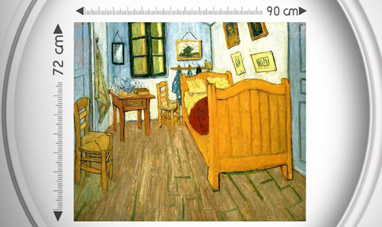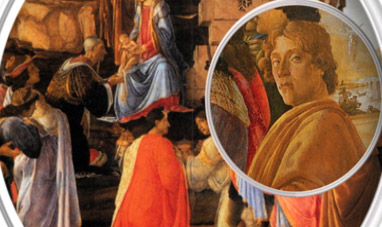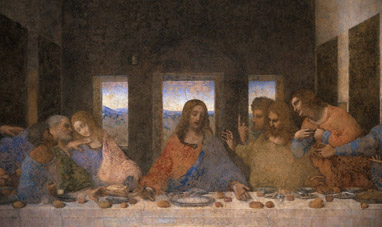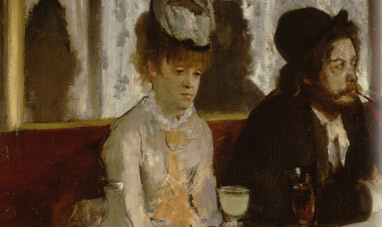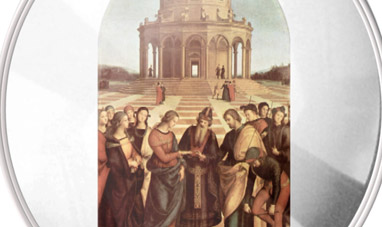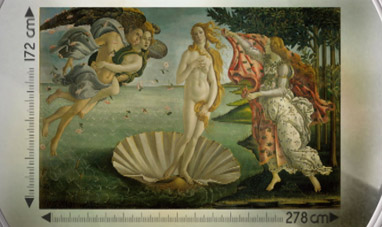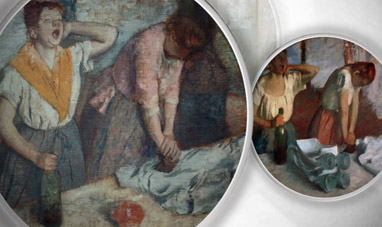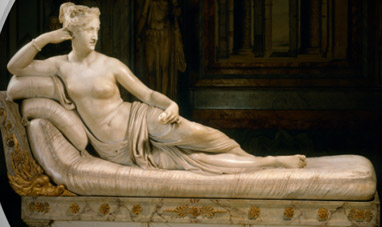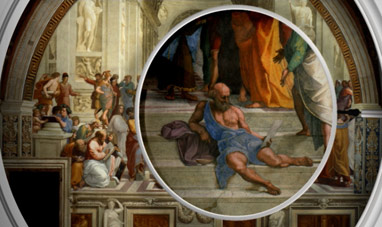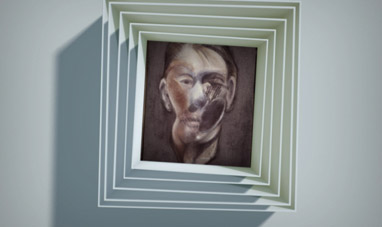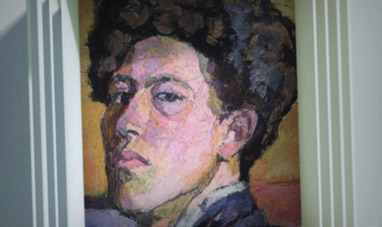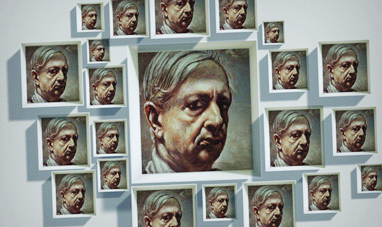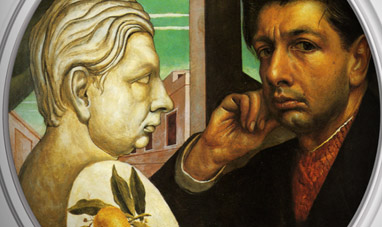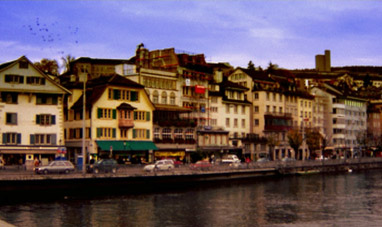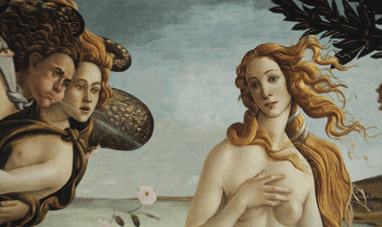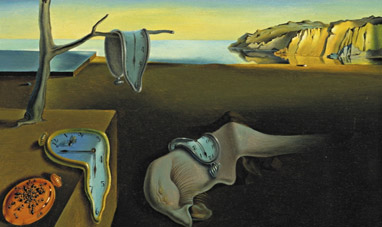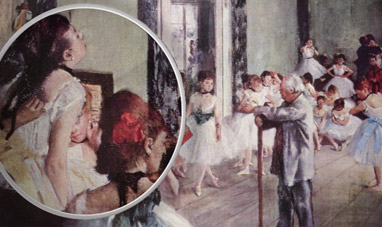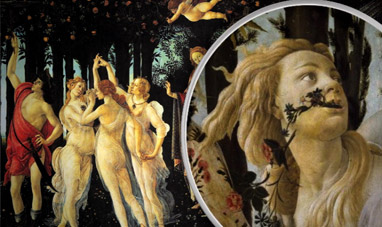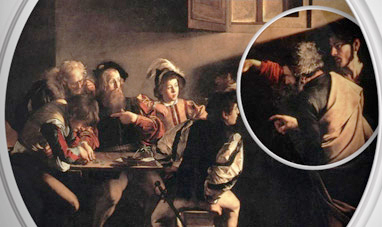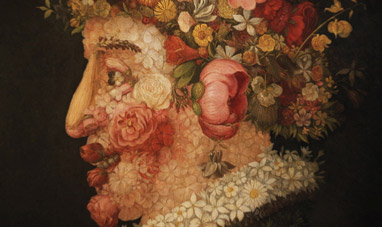Surrealism was a cultural movement that took shape in Paris in the wake of World War One. Born as a literary movement expressed mainly through poetry, it eventually extended into the visual arts, influencing painting, sculpture, and cinema. Surrealists claimed to be revolutionaries, rebelling against the values of bourgeois society and culture. In doing so, they set forth new concepts of reality and beauty. Surrealism was intended to express that which extends beyond tangible reality. The aim was to represent the dream dimension, the troubled subconscious and the free association of thoughts. To do this, the artist had to overcome the confines of reason, set aside common sense and allow his or her imagination to run wild. In Surrealism, the beauty of a work of art resided in its visionary power, evocativeness and the estranging effect it was capable of creating.
There have always been visionary art forms capable of expressing the irrational dimension, for example in the imaginary creatures represented during the Middle Ages, the inventions of Hyeronimus Bosch, or the visions of Francisco Goya. In the first decades of the 1900s, several European artists autonomously developed styles that echoed these ideals. Their paths drew together with the founding of the surrealist movement. The Surrealism Manifesto was published in Paris in 1924. It was written by the movement’s theoretician, André Breton. Breton became an art critic after having studied medicine. Interested in Sigmund Freud’s theories on how the mind works, he claimed that art could become a synthesis of the conscious and the unconscious. Breton was the central figure in Surrealism. He organized collective exhibitions, founded and oversaw the movement’s publications and wrote critiques. Like other Surrealist artists, his views were in line with communist ideology. His often-inflexible critiques determined whether or not an individual artist was included in or excluded from the group. Breton’s disciplinary approach contrasted with the movement’s resolutions and with the freedom required by artistic creativity. Furthermore, the artists who took part in the group’s exhibitions developed their own artistic personas regardless of Breton’s rules. The most famous Surrealist artists share common traits, but not a single style.
Catalan Juan Miró painted parallel worlds that were populated by colored shapes evoking the vitality of nature. Frenchman André Masson painted images undergoing constant metamorphoses. German artist Max Ernst created visionary and evocative works, experimenting with new techniques. Frenchman Yves Tanguy preferred impossible and livid landscapes, suspended in a timeless dimension. Catalan Salvador Dalí painted estranging images, creating optical illusions and unusual combinations of objects. Belgian René Magritte focused on the relationship between reality, painting and language. American Man Ray experimented with new photographic techniques. Like Frenchman Marcel Duchamp, he created sculptures using everyday objects that lost their ordinary function and acquired poetic meaning. Surrealism played out between the two World Wars, against a backdrop of dramatic events such as the rise of totalitarianism and the Spanish Civil War.
When World War Two broke out, many European surrealists emigrated to the US. Here they influenced a new generation of artists who would go on to create new avant-garde art in the post-war period. It can be said that the heritage of Surrealism lived on long after the group’s dissolution.Even today, some visual arts and cinema continue to be influenced by its principles. Surrealist works are on display in the most important contemporary art museums, including the Tate Gallery in London and the Museum of Modern Art in New York.
There have always been visionary art forms capable of expressing the irrational dimension, for example in the imaginary creatures represented during the Middle Ages, the inventions of Hyeronimus Bosch, or the visions of Francisco Goya. In the first decades of the 1900s, several European artists autonomously developed styles that echoed these ideals. Their paths drew together with the founding of the surrealist movement. The Surrealism Manifesto was published in Paris in 1924. It was written by the movement’s theoretician, André Breton. Breton became an art critic after having studied medicine. Interested in Sigmund Freud’s theories on how the mind works, he claimed that art could become a synthesis of the conscious and the unconscious. Breton was the central figure in Surrealism. He organized collective exhibitions, founded and oversaw the movement’s publications and wrote critiques. Like other Surrealist artists, his views were in line with communist ideology. His often-inflexible critiques determined whether or not an individual artist was included in or excluded from the group. Breton’s disciplinary approach contrasted with the movement’s resolutions and with the freedom required by artistic creativity. Furthermore, the artists who took part in the group’s exhibitions developed their own artistic personas regardless of Breton’s rules. The most famous Surrealist artists share common traits, but not a single style.
Catalan Juan Miró painted parallel worlds that were populated by colored shapes evoking the vitality of nature. Frenchman André Masson painted images undergoing constant metamorphoses. German artist Max Ernst created visionary and evocative works, experimenting with new techniques. Frenchman Yves Tanguy preferred impossible and livid landscapes, suspended in a timeless dimension. Catalan Salvador Dalí painted estranging images, creating optical illusions and unusual combinations of objects. Belgian René Magritte focused on the relationship between reality, painting and language. American Man Ray experimented with new photographic techniques. Like Frenchman Marcel Duchamp, he created sculptures using everyday objects that lost their ordinary function and acquired poetic meaning. Surrealism played out between the two World Wars, against a backdrop of dramatic events such as the rise of totalitarianism and the Spanish Civil War.
When World War Two broke out, many European surrealists emigrated to the US. Here they influenced a new generation of artists who would go on to create new avant-garde art in the post-war period. It can be said that the heritage of Surrealism lived on long after the group’s dissolution.Even today, some visual arts and cinema continue to be influenced by its principles. Surrealist works are on display in the most important contemporary art museums, including the Tate Gallery in London and the Museum of Modern Art in New York.



